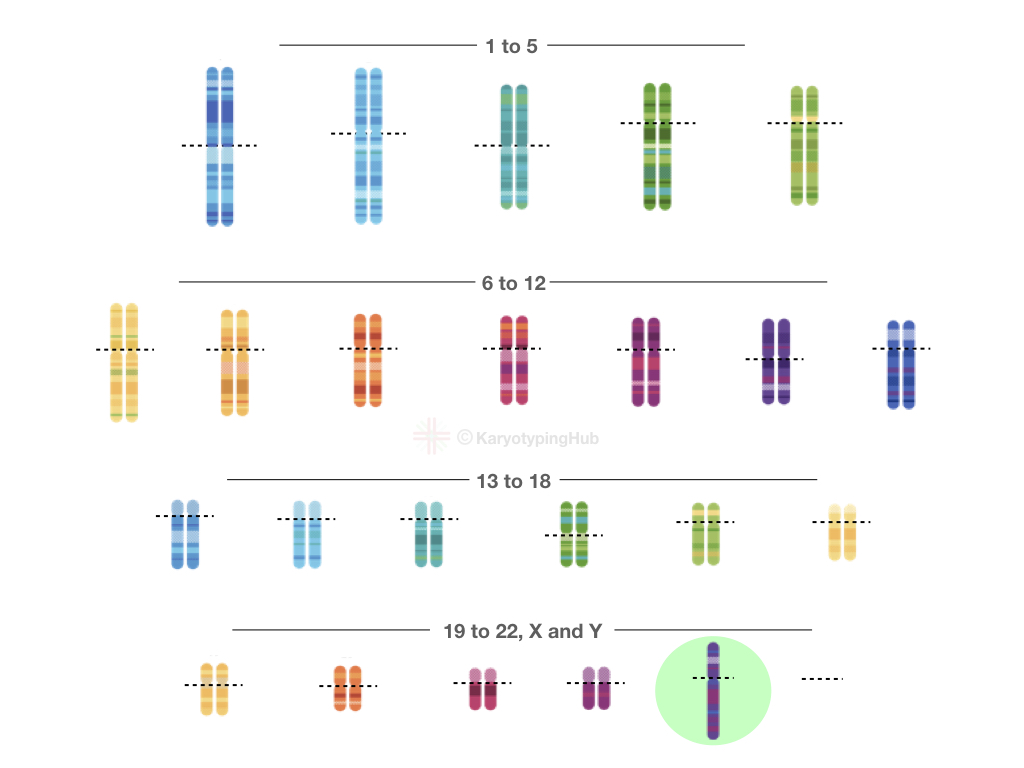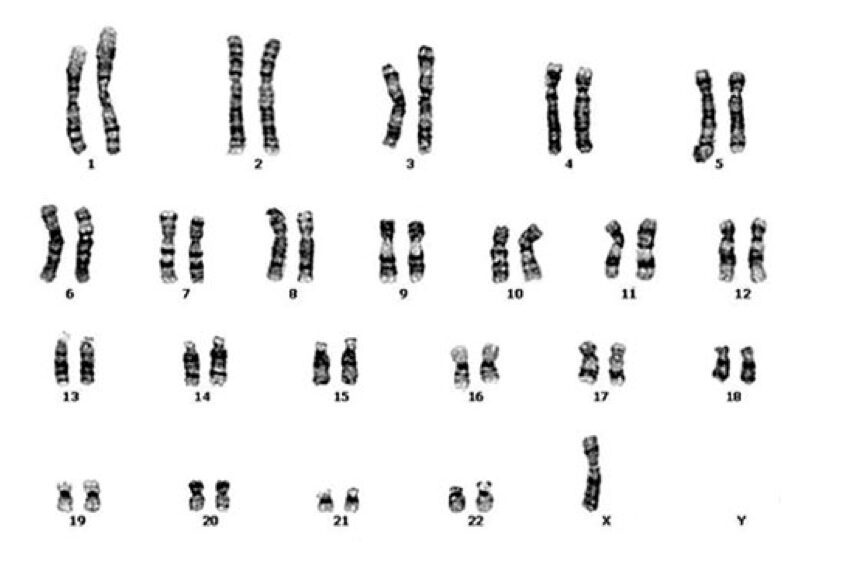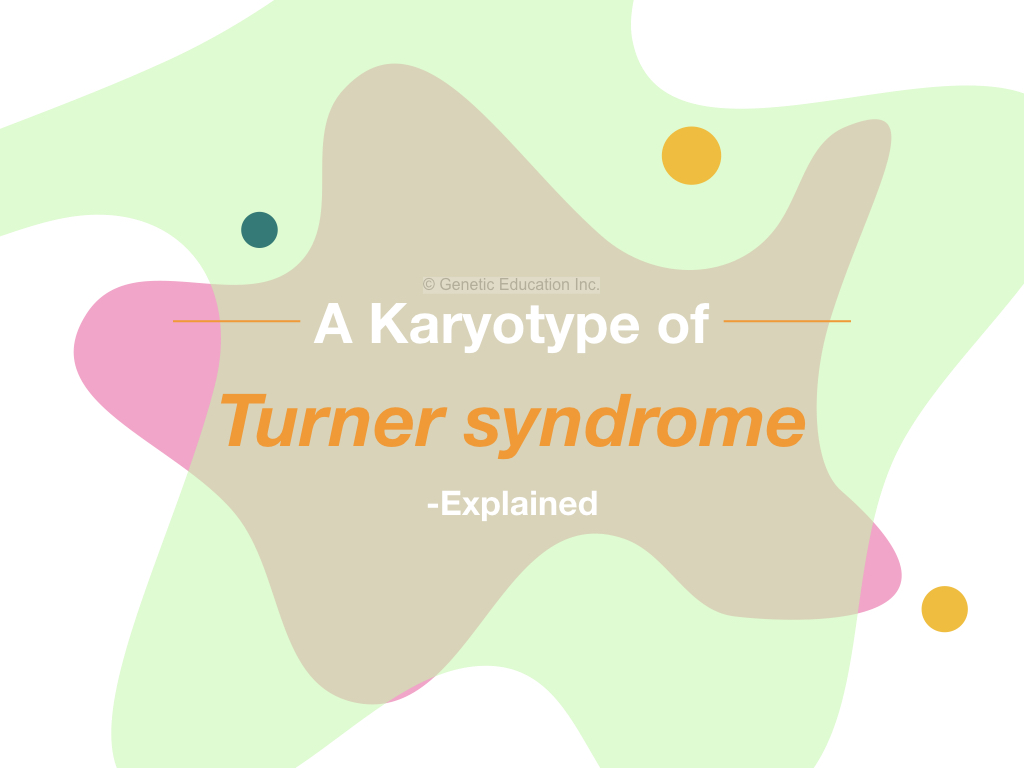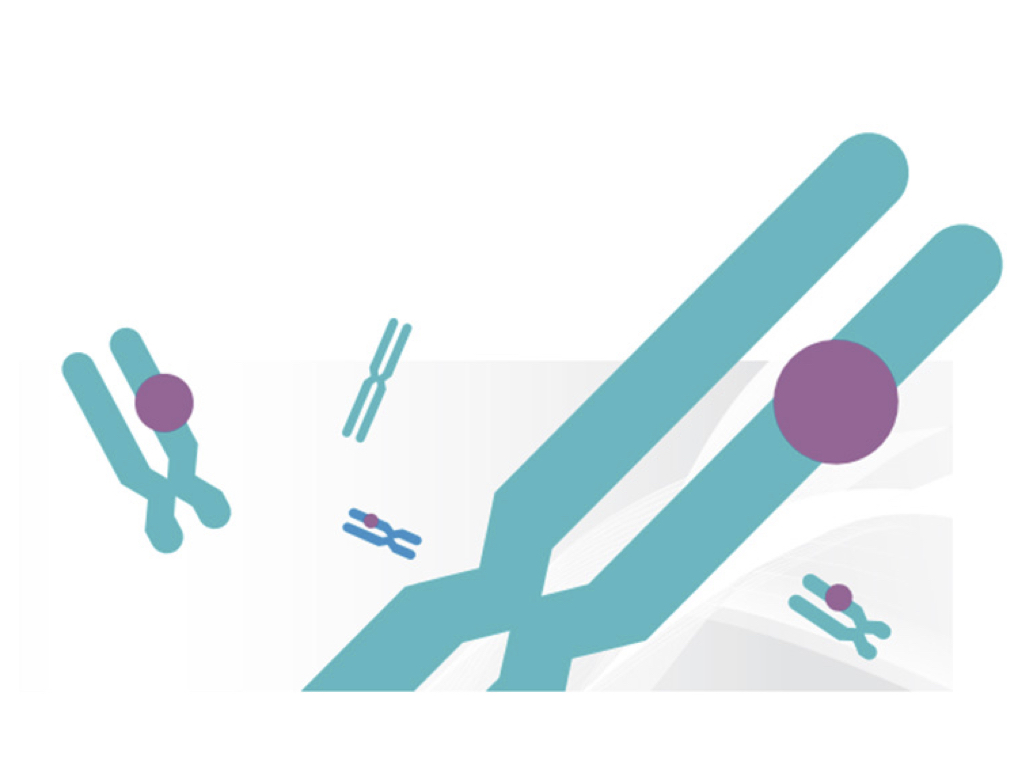Turner syndrome affects only female individuals. A type of chromosomal abnormality- Turner syndrome occurs due to the event known as nondisjunction.
The karyotype of Turner syndrome shows something very different that is not observed in the normal karyotype.
Talk of the topic: In the present article we are going to explain the karyotype of the Turner syndrome and its complication and why it occurs in us.
Related article: Preparing a karyotype in 5 easy steps.
What a Turner syndrome is!
It is also a kind of chromosomal abnormality alike the down syndrome or Klinefelter syndrome. A kind of sex chromosomal abnormality, the Turner syndrome affects only the female individuals only.
Some of the common symptoms of the present genetic condition are Low-set ear, broader chest and spaced nipples. Wide and weblike neck, low hairline at the back of the neck, lymphedema and other kidney problems.
One of the common signs of the present genetic condition is the loss of ovarian function or non-functional ovaries.
The Turner syndrome occurs due to the monosomy of X chromosome. 1 out of 2,500 to 3000 baby girls worldwide suffer from the Turner syndrome.

Note: short status is the commonest sign of the Turner syndrome
Cause of the Turner syndrome:
The Turner syndrome is the monosomy of the X chromosome in which only a single X chromosome is observed in the female. It is a condition in which an entire X chromosome or some portion of it is mission.
The resulting loss of the genetic material during the development causes serious reproductive and developmental problems in early and late age of onset.
Though, the exact reason for the occurrence of the monosomy is still unknown because the event happens randomly during the developmental stages.
Notably, in some cases not all cells are monosomy of X, some cells have two and some have a single X chromosome, this type of condition is known as the mosaic Turner syndrome.
The severity of the condition depends on the amount of genetic material loss. As I said, in some cases, only some part of the chromosome X is missing.
Majorly the loss of genetic material is associated with the reproductive and developmental failure.
Related article: A Karyotype of Down syndrome- Explained.
A Turner syndrome karyotype:
In the typical Turner syndrome karyotype 45 chromosomes instead of 46 are observed. The karyotype of the present condition is shown in to the figure below,

What does a Turner syndrome karyotype show?
One X chromosome in a female is absent. The X chromosome is a medium metacentric chromosome, meaning, its centromere is exactly in the middle. We can identify it easily.
No other autosomal chromosome alterations are observed.
Sometimes a partially digested or deleted X chromosome can be observed.
A typical Turner syndrome karyotype is shown into the figure below,
The process:
No special set up is needed to encounter the Turner syndrome. Conventional karyotyping setup is more than enough to do so. The process of how to perform the karyotype is explained in the previous article. Read it here
A girl with Turner syndrome has normal intelligence and does not have any intellectual problems.
Conclusion:
Some crucial genes for developmental, intellectual, and reproductive development are located on the X chromosome. Though one of the X chromosomes is actually genetically switched off or inactive, still, if one of the X got missing it can create serious problems in girls especially.


